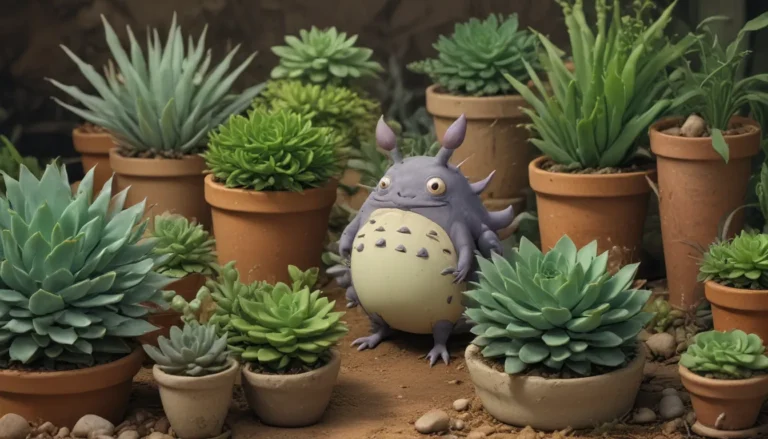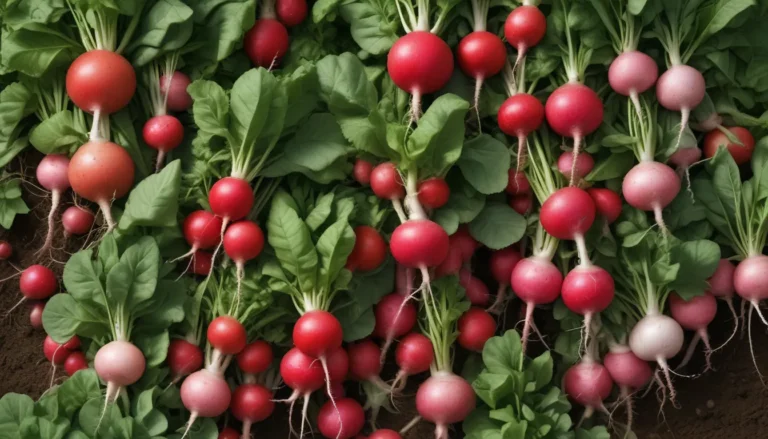Everything You Need to Know About Growing Anise

Anise, the OG of anise-like flavored herbs, is a versatile plant with a rich history and a multitude of uses in the kitchen and beyond. From repelling pests to attracting beneficial insects, anise is a valuable addition to any garden. If you’re considering adding this useful herb to your garden, here’s a comprehensive guide to help you get started.
What You’ll Learn
- Cultivation and History – tracing the origins of anise and its historical uses
- How to Sow – the best practices for planting anise seeds
- How to Grow – tips for cultivating healthy anise plants
- Growing Tips – essential advice for successful anise cultivation
- Maintenance – simple steps to care for anise plants
- Managing Pests and Disease – strategies for dealing with common issues
- Harvesting – when and how to harvest anise leaves and seeds
- Preserving – techniques for preserving anise seeds
- Recipes and Cooking Ideas – creative ways to use anise in the kitchen
- Quick Reference Growing Guide – a handy summary of key information
Are you ready to delve into the world of growing anise? Let’s dive in and explore the fascinating realm of this aromatic herb.
Cultivation and History
Anise, pronounced as a-nəs or ə-ˈnēs, is a plant native to the Middle East and northern Africa. It has a long history of use in food and medicine, with origins in Egypt, Greece, Rome, and the Middle East. The seeds of anise have been used for centuries to aid digestion and treat various ailments.
Historical Uses
- In ancient Crete and Egypt, anise was burnt and inhaled to cure headaches
- The seeds are known for their digestive properties and are used in traditional remedies for stomach issues and flatulence
- Anise is a key ingredient in liqueurs like ouzo and traditional Mexican hot chocolate
- Anise seeds contain health-boosting compounds like coumarins and linoleic acid with antibacterial and antioxidant properties
Anise’s versatility extends beyond the kitchen, with the plant attracting insects and fish due to its fragrant scent. While anise has many beneficial qualities, it’s essential to differentiate between anise (Pimpinella anisum), star anise (Illicium verum), and anise hyssop (Agastache foeniculum) to avoid confusion.
How to Sow
Anise plants prefer direct seeding and don’t transplant well, making it essential to sow seeds directly into the soil. Before planting, prepare the soil with well-rotted compost to provide the loose, rich environment that anise prefers. Ensure the soil has a pH level between 6.0 and 7.5, adjusting as needed with granular sulfur or lime.
Planting Instructions
- Plant anise seeds 1/8 inch deep and 12 inches apart in soil temperature of at least 70°F
- Keep the soil moist during germination, which typically takes around 14 days
- For areas with shorter growing seasons, start seeds indoors and transplant later
For indoor starting, use compostable pots and provide adequate light for seedlings. Once the seedlings are ready for the garden, harden them off gradually before planting outdoors.
How to Grow
Anise plants thrive in rich, loose, well-drained soil with ample sunlight. While anise is considered an annual plant in USDA Zones 4-10, it requires warm, sunny conditions to produce seeds fully.
Growing Tips
- Provide full sun and well-drained, rich soil for optimal growth
- Water young plants consistently to establish healthy root systems
- Prune plants as needed to maintain foliage balance
- Create shade in hot climates to prevent seed ripening issues
Success with anise cultivation involves attention to soil conditions, sunlight exposure, and consistent watering. By following these tips, you can cultivate healthy, productive anise plants in your garden.
Maintenance
Anise plants require minimal maintenance, with occasional pruning and support to ensure optimal growth. Use a tomato cage or other support to prop up heavy seed heads and thin out dense foliage as needed.
Essential Maintenance Tips
- Provide support for heavy seed heads to prevent stem breakage
- Thin out foliage to reduce crowding and ensure proper air circulation
By providing basic maintenance, you can promote healthy plant growth and productive harvests of anise seeds and leaves.
Managing Pests and Disease
Anise’s aromatic properties make it a natural pest repellent, attracting beneficial insects while deterring harmful pests. Understanding common pests and diseases can help you protect your anise plants and ensure successful cultivation.
Pest Management Strategies
- Anise repels pests like spider mites, cabbage worms, and nematodes
- Use traps and barriers to deter mice, a common pest attracted to anise seeds
- Implement preventive measures and early pest detection to minimize damage
By learning to identify and manage pests effectively, you can safeguard your anise plants and maintain a thriving garden environment.
Disease Prevention
- Downy mildew and powdery mildew are common issues to watch for
- Improve air circulation and maintain proper watering to prevent fungal diseases
- Treat fungal infections with natural sprays or solutions to control the spread
Prompt detection and treatment of fungal diseases can help protect your anise plants and ensure healthy growth throughout the season.
Harvesting
Harvest anise leaves and seeds at the appropriate stages to preserve their flavors and nutrients. Leaves can be harvested at any time, while seeds should be harvested when fully developed and dried.
Harvesting Guidelines
- Cut seed heads when seeds turn gray and fully develop
- Bundle seed heads and allow them to dry in a paper bag with air holes
- Leave a few seed heads to self-sow and return the following season
By following proper harvesting techniques, you can ensure optimal seed quality and flavor for culinary use.
Preserving
Toast harvested anise seeds to enhance their flavor and preserve them for later use. Store seeds in a sealed jar in a cool, dark place to maintain freshness and prevent spoilage.
Preservation Tips
- Toast seeds before storage to enhance flavor and aroma
- Store toasted or raw seeds in a cool, dark location for extended freshness
- Use preserved seeds in cooking and recipes to add aromatic notes and robust flavors
Preserving anise seeds properly can extend their shelf life and enhance their culinary applications in various dishes and recipes.
Recipes and Cooking Ideas
Anise seeds can be used in various culinary creations, from beverages to desserts, adding unique flavors and aromatic profiles to dishes. Explore different ways to incorporate anise into your cooking repertoire and enjoy its versatile properties.
Cooking Inspiration
- Try toasting anise seeds for savory dishes with vegetables or meats
- Experiment with making fruit salad dressing or herbal teas with anise seeds
- Explore traditional recipes like Moroccan spice blends and Italian cookies with anise flavor
By incorporating anise into your cooking routines, you can add depth and complexity to your dishes while enjoying the unique flavors of this aromatic herb.
Quick Reference Growing Guide
| Plant Type | Annual herb |
| — | — |
| Native to | Middle East, northern Africa |
| Hardiness (USDA Zone) | 7-10 |
| Season | Summer, fall |
| Exposure | Full sun |
| Water Needs | Moderate to low |
| Maintenance | Low |
| Soil Type | Rich, loose, loamy |
| Soil pH | 6.0-7.0 |
| Height | Up to 3 feet |
| Spread | 18 inches |
| Attracts | Butterflies, moths, parasitoid wasps |
| Common Pests and Disease | Mice, aphids, cutworms, downy mildew, powdery mildew |
By referring to this quick reference guide, you can quickly access key information about growing anise and make informed decisions to ensure successful cultivation in your garden.
Conclusion
Anise is a versatile herb with a rich history and a multitude of culinary and medicinal uses. By following best practices for cultivation, maintenance, and pest management, you can enjoy a bountiful harvest of anise leaves and seeds. Whether you’re a seasoned gardener or a beginner, exploring the world of anise cultivation can bring new flavors and aromas to your garden and kitchen. Embrace the unique qualities of anise and discover the joys of growing this essential herb in your own backyard. Happy gardening!
Do you have any stories or tips about growing anise? Share your experiences in the comments below and join the conversation with fellow anise enthusiasts. Let’s continue to explore the wonders of gardening and culinary arts together!





